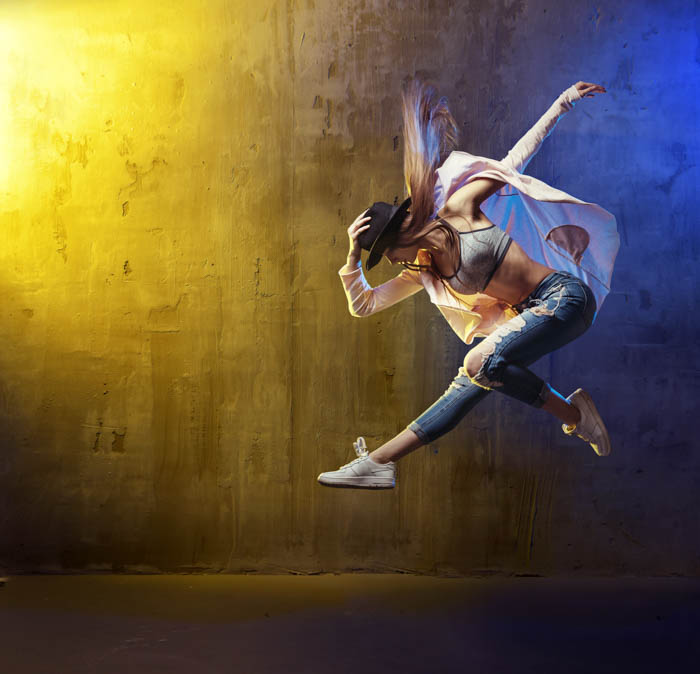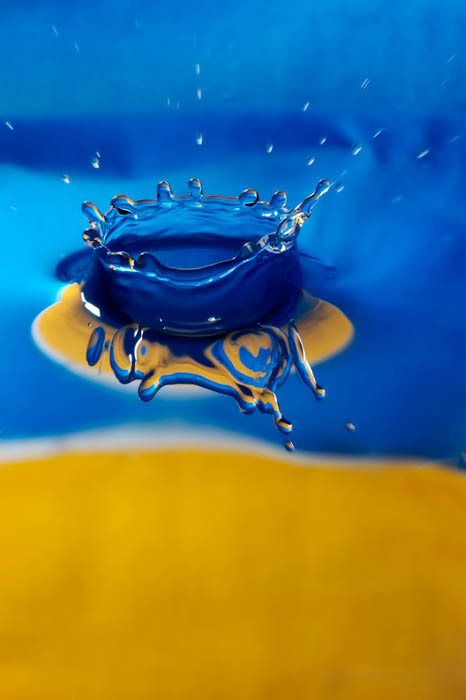Shutter speed dictates the character and atmosphere of an image. It plays an important role in freezing or blurring motion.
A fast shutter speed will let you stop time. It can capture magical moments our brain wouldn’t be able to preserve. Read on to find out how to use a fast shutter speed!
What is a Fast Shutter Speed?
Shutter speed is the measure of how long the camera shutter stays open to allow the entry of light. It determines the amount of light reaching the camera sensor. A fast shutter speed implies short exposure to light. (A slow shutter speed means it has a longer exposure to light.)
It’s one of the three pillars of the exposure triangle. The two others are ISO and aperture.

What Is Fast Shutter Speed?
There isn’t an exact point where we can split the scale to differentiate a fast shutter speed from a slow shutter speed.
A fast shutter speed freezes motion and avoids motion blur in your images. These values mean really short times—think fractions of a second.

A value of around 1/250 s or faster can be considered fast. A shutter speed of 1/500 s implies that the shutter stays open for one five hundredth of a second. 1/500 s is faster than 1/250 s.
The larger the denominator, the faster the shutter speed. By that logic, any number higher than 250 in the denominator is faster than 1/250 s as well.
At fast shutter speeds, your camera freezes motion. It records movement and makes it static. Because the light hits the image sensor for a short time, it doesn’t “catch” the whole motion, just fractions of them.
A benefit of a fast shutter speed is that your images are less suseptible to camera shake. You can shoot while holding your camera in your hands. This is extremely difficult with slow shutter speeds. You will need a tripod for stability.
The fastest cameras out there are capable of shooting fast enough to capture anything, including race cars. High-end cameras generally have faster maximum shutter speeds.
On the contrary, a slow shutter speed allows you to follow drawn-out movements, like a firework lighting up the sky. If you are shooting still subjects, a slow shutter can be necessary for low light.

When Do You Need to Use a Fast Shutter Speed?
For sports photography, wildlife photography, street photography or any kind of action photography, fast shutter speeds are necessary. In these niches, you usually want your subjects to be in sharp focus mid-action.
A fast shutter speed is also necessary in bright light. You need the shutter open for a very short time to have the right exposure. If you choose a slower shutter speed in bright light, you’ll have overexposed images.

How To Use a Fast Shutter Speed
How you set the correct shutter speed depends on what you are photographing. Simply put, a faster movement requires a faster shutter.
Each camera is a bit different in where you can set your shutter value. But if you look in your camera’s manual, you’ll find it.
Using Shutter Priority Mode
The Shutter Priority Mode is usually marked on the dial with S or Tv. It’s ideal when you know how much you would like to freeze motion, but you don’t need full control over your camera settings. In this mode, you can set the shutter value and the camera adjusts the rest of the settings for the correct exposure.
Shutter Priority mode works best in situations where you don’t have time for setting all three elements of the exposure triangle.
Using Manual Mode
If you’re shooting in a studio, you most likely have time to adjust camera settings at your own pace. In this case, you can choose manual mode. In manual mode, you’re in charge of all the camera adjustments to get the correct exposure. Nothing is automatic. Use a higher ISO or a wider aperture (or both) to compensate for the short shutter time.
When using a flash, be mindful of your flash’s sync speed in relation to the shutter speed. If the shutter speed is faster than your camera’s flash, you can experience a black band across the image. That’s because the shutter partially blocks the projection of the flash at that specific moment.
Using Burst Mode
Burst Mode or “continuous shooting mode” is another commonly used setting. When you press the shutter in burst mode, your camera takes several photos in quick succession. Some cameras take photos as long as the shutter is pressed. This helps to catch the decisive moment in any situation.
Be careful while combining burst mode with flash. Usually, flashes need some recharge time. You can miss some of the shots because the flash needs to recharge between them.

Conclusion
Shutter speed determines how you capture motion in an image.
In a nutshell, a fast shutter speed freezes motion and a slower shutter creates motion blur. What’s the right way to do it? There’s no answer. Perhaps that’s why there are so many options in every camera.
Observe the effects of different shutter speeds and find out which one fits your style on a given occasion. Very soon, you’ll have a portfolio of mind-bending shots.
